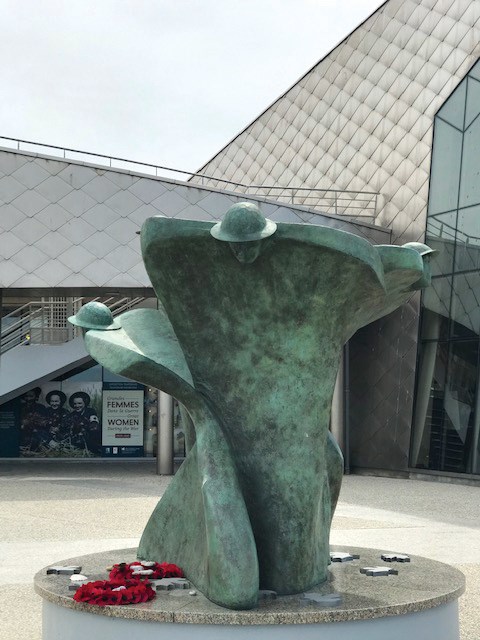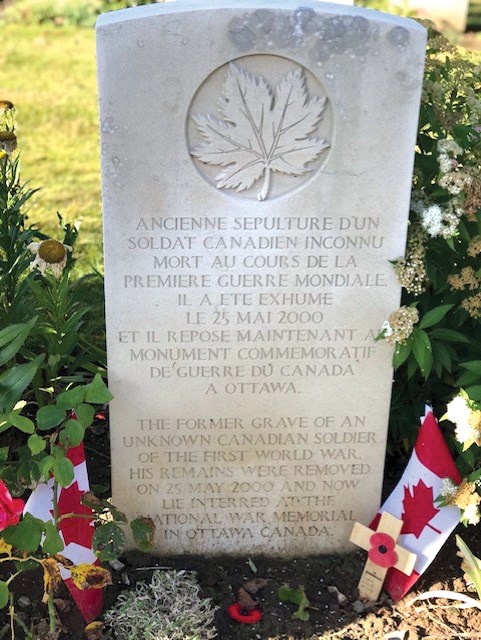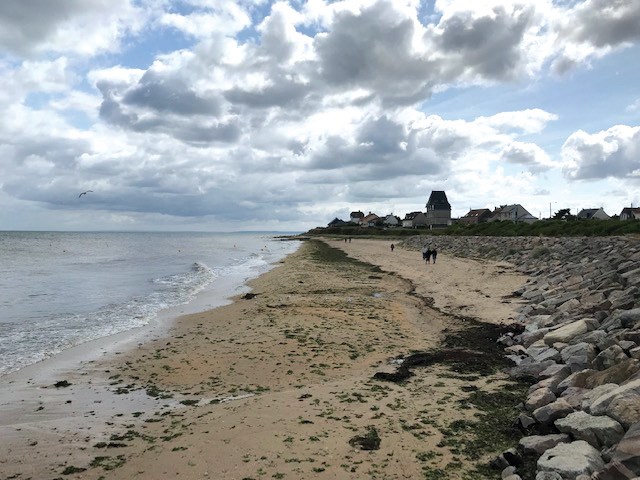On the long sandy beach of Courseulles-sur-Mer, in Normandy, France, I sat down to admire the vivid sails of the catamarans being launched by a local sailing school. The water was warm, the sand was deep and there were plenty of sea shells to capture my interest. But I couldn’t shake the vision of something else, an event that would shape seven decades of history that took place here, Juno Beach, 75 years ago.
On June 6, 1944, Allied forces launched an invasion of Western Europe, via five beaches in Normandy. Intent on gaining ground lost to the Germans in 1940, the Allies landing on those beaches would eventually push the Germans out of France, Belgium, and the Netherlands to Germany, with Victory in Europe almost a full year later in May 1945.
Normandy is a beautiful coastal area of France, but its beauty was not the attraction of D-Day architects over 75 years ago. Its long shallow beaches, seemingly impenetrable cliffs and lack of port cities were the real draw.
Allies planned their invasion for months, in some cases drawing from the experience of Canadian, English and American men who had been part of the Dieppe raid in 1942. Long considered a failure, the Dieppe raid has come under new scrutiny from historians who suspect it was a Special Operatives mission, with objectives that were never made clear to the men who took part.

My group, the Juno Beach Summer Institute and Battlefields tour for Educators, visited Dieppe and the landing beaches where hundreds of Canadians became casualties before they even reached the shoreline. The Canadian effort has not been forgotten by the French, with plaques, flags and gardens still honouring the Canadians who were part of the raid in 1942 and those who liberated the city in 1944.
Visiting the Juno Beach Centre was one of the many highlights of the trip. It was founded by Garth Webb, a Canadian Second World War veteran, who was intent on commemorating the efforts and successes of Canadians who landed at Juno Beach on June 6, 1944.
The centre overlooks much of Juno Beach, where the Canadians landed and where the Germans tried to hold their ground with a series of concrete defensive bunkers, tunnels and pillboxes or tobruks. It houses an impressive museum highlighting Canadian stories of triumph and tragedy. The grounds provide access to the German fortifications with well-informed Canadian guides ready to explain the defensive strategies used by the Germans.
Beyond the centre lies a glorious strip of sand, where locals and tourists take advantage of the serene sand dunes and calm waters: an experience possible in part because of the Canadian volunteers who fought to ensure everyone should be able to live their lives with freedom from tyranny and fear.
It wasn’t until my flight home, when I had a chance to look over my photos and reflect on the battlefields and places of commemoration we had visited, that the thought really began to take hold about the hundreds of thousands of men and women who never did return home from Western Europe during the two great wars of the 20th century. The Juno Beach Centre brings a little piece of home to France, while recognizing and respecting the lives of civilians and soldiers who will forever remain in Normandy.




